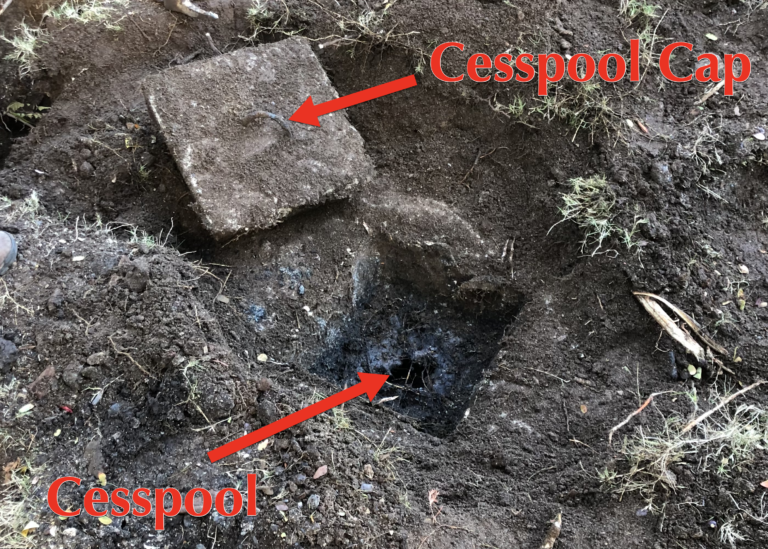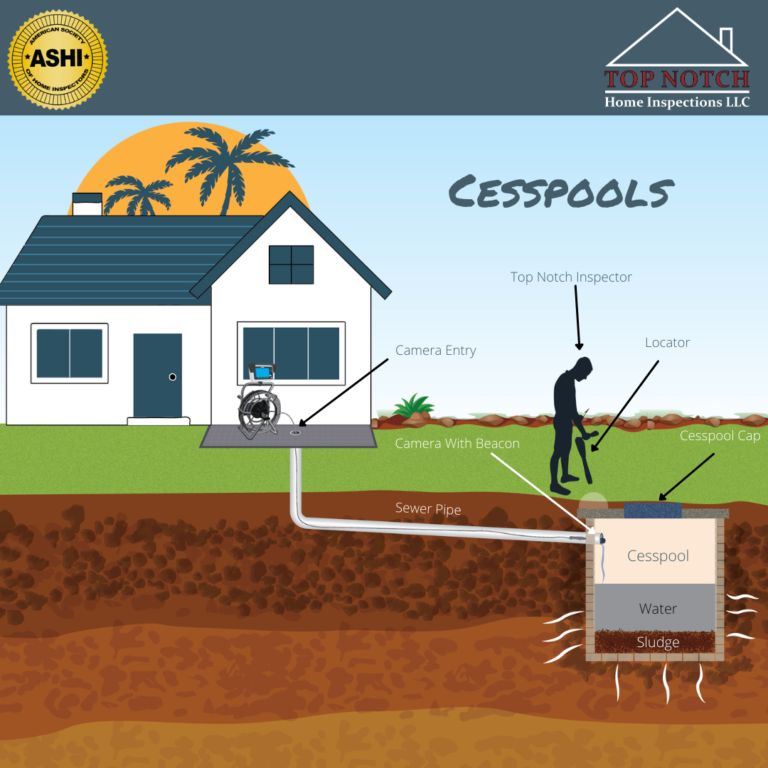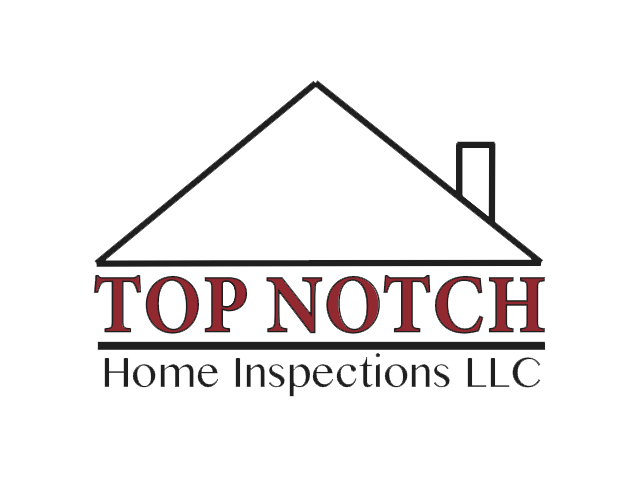
What Is A Cesspool?
A cesspool is a type of sewage system. For simplicity’s sake, consider it as a primitive, less environmentally friendly septic tank.
Essentially it is a large pit in the ground where all the waste and sewage goes when you run water in the home or flush the toilet. These are very common in Hawaii due to the porous nature of the volcanic rock.
Cesspools can be located anywhere in the yard and typically the cap is buried 1-3 feet below the surface. On average they are about 8-10 ft. in diameter and anywhere from 8-20 ft. deep.
How Do Cesspools Work?
The waste enters the cesspool and slowly percolates or seeps through the walls and into the ground. The function and health of the cesspool is reliant on the rocks or other masonry material lining the pit remaining porous.
Disposing of grease and oil can clog the pores, which will not allow water to drain. This can cause overflow and failure.
Do Cesspools Require Maintenance?
The short answer is no. As long as you are conscientious about what you dispose of, there is typically no need for maintenance. That being said, if someone has mistreated the cesspool in the past this may have caused issues. Disposing of the wrong things over time may lead to low performance and failure.
Tip: If performance has degraded, using sewage system enzyme products such as Rid-X may help to restore proper function.
Things that you should not send down the drains or toilets include but are not limited to:
- Grease and or oils
- Feminine products
- Paper towels
- Paint
- Grout
- Concrete
Will I Ever Have To Convert My Cesspool?
Cesspools are no longer permitted to be installed or repaired in Hawaii due to their negative impact on the environment. In fact, the state of Hawaii currently is requiring that all cesspools be converted to septic or sewer by 2050.
If you are planning to pull permits for renovations you will be required to convert your cesspool to a septic tank prior to obtaining permits. This is the state’s way of incentivizing conversion.
How much to convert you ask? The average cost is around $15k!
How Can I Determine The Condition & Location Of My Cesspool?
There are 2 main ways to determine the location of a cesspool:
- Obtain the “cesspool card” from the department of wastewater and estimate the location based on a fairly primitive sketch.
- Send a camera with a built-in locating beacon to the cesspool and locate once there.
To determine the condition and functionality of a cesspool you will need a cesspool inspection. There are two types of inspections, invasive and non-invasive.

Invasive: This involves digging down (2-3 ft.) to the concrete cap that is placed on top of the cesspool. The Cap can then be removed and a visual inspection of the interior of the cesspool can be performed.
Pros:
- A better look at the sidewalls and composition of the cesspool.
Cons:
- The cost of the inspection is much higher due to the labor required. Locating and digging costs are separate from the inspection cost and can be a high hourly rate up to $100 per hour.
- The yard has to be dug up which can be destructive and unsightly.

Non-Invasive (Sewer Scope): A specialized camera is sent into the sewer line and out to the cesspool. From there, the camera is dropped into the cesspool to determine the water/sludge level. This can help determine if the cesspool is functioning/draining well.
If an issue is found, a more invasive inspection may be required but this is certainly a great place to start.
Pros:
- No digging or destroying the yard is required.
- A great way to determine if the cesspool is draining/functioning well.
- Typically less than half the cost of an invasive inspection.
- Can be performed in 20-30 minutes.
- The cesspool can be located during the inspection.
Cons:
- The sidewalls and composition of the cesspool is much less visible.
When Should I Have My Cesspool Inspected?
Anytime you are purchasing a home, we would strongly recommend getting a sewer scope inspection. It is non-invasive, can be added to your home inspection, and is relatively inexpensive. If there is an issue with the cesspool or drain line, you want to find it before taking ownership, so you don’t inherit a significant issue or expense.
If you suspect any issues with drainage or notice any anomalies in your yard, like an area of dead grass or the ground being sunk in, considering having your cesspool looked at as well.
Otherwise, you may want peace of mind knowing what the condition and location of your cesspool is. In which case an inspection can be performed.
Summary
- Cesspools are effective sewage systems that require little to low maintenance as long as they are properly cared for.
- Disposing of certain items can cause cesspool failure.
- The only way to determine if a cesspool is functioning properly is to get a sewer scope or cesspool inspection.
- If a cesspool has failed, by law, it can not be repaired and must be converted to a septic tank.
- The cost of cesspool to septic conversion is around $15k on average.
